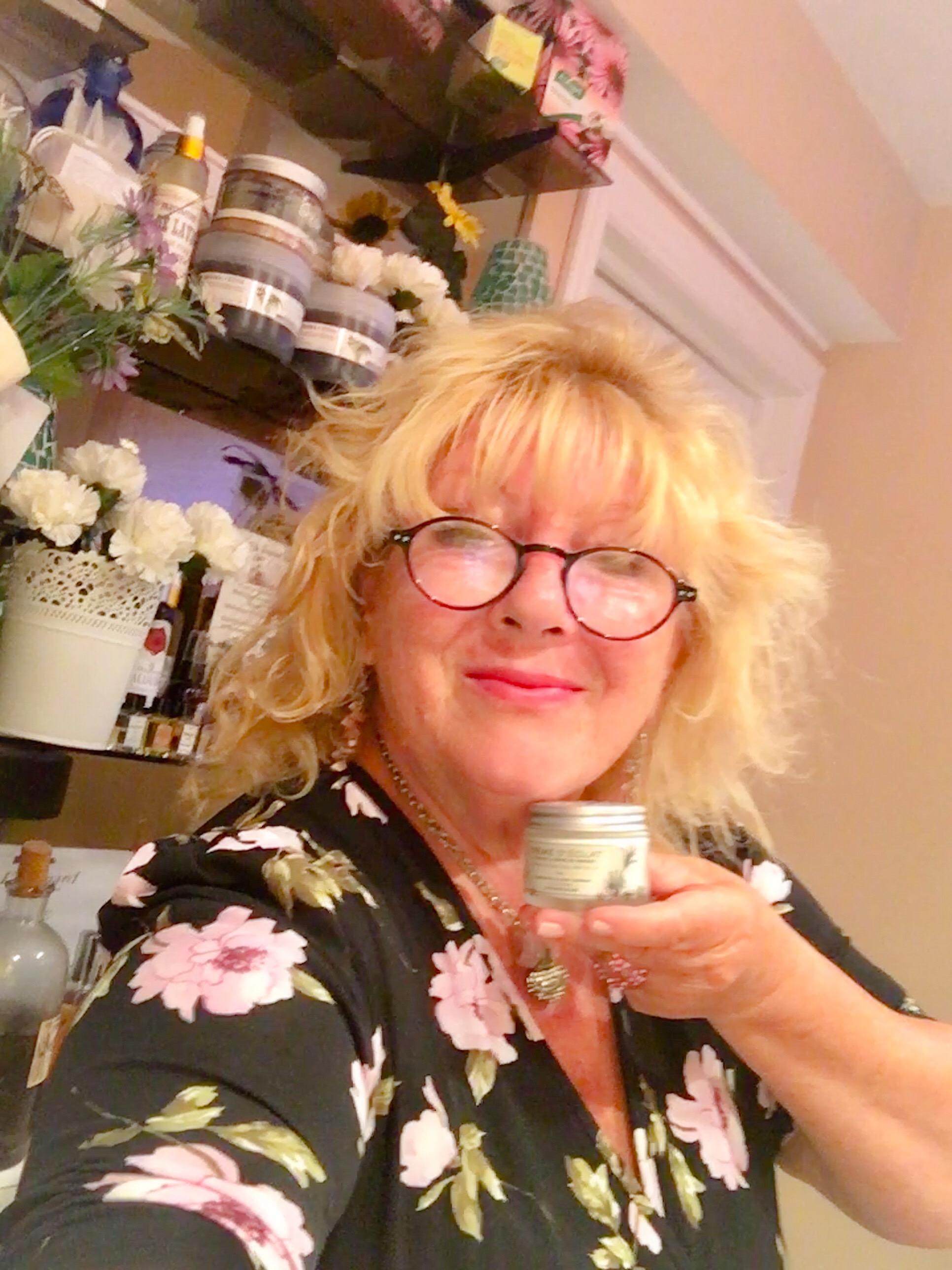Aromatherapy Massage
- Anca De Cercel N.D.

- Nov 21, 2019
- 2 min read

WHAT IS AN AROMATHERAPY MASSAGE?
Massage is the skillful use of the hands to manipulate soft tissue for the main purposes of relieving muscle tension and stimulating blood circulation. It is derived from the human instinct to make skin contact through touch, stroke and rub in order to offer physiological comfort to another. It was the first and is the simplest health care tributary. This is because stroking the skin triggers a release of endorphins, which are the body’s natural painkillers. By just releasing muscle tension, a massage reduces anxiety, creates a feeling of comfort and well-being, and lowers the stress hormones that weaken the immune system – namely cortisol and norepinephrine.
AROMATHERAPY MASSAGE BENEFITS
Massage acts directly on and has general benefits for all body systems - nervous, circulatory, lymphatic, immune, and muscular. Its benefits are far-reaching and include the treatment of sprains, anxiety, digestive disorders, stress-related insomnia, soft tissue strains or injuries, headaches, joint pain, damaged skin, and the improvement of complexion.
An aromatherapy massage is a method of massage therapy that incorporates essential oils into the system of kneading muscles and soft tissues of the body to help relieve medical conditions, injuries, or to preserve wellness. It was Marguerite Maury that introduced the idea of a massage application of essential oils in the 1960s. In this method, the practitioner (whether an aromatherapist or a massage therapist) administers essential oils to treat the patient by direct application to the skin specifically through massage oils rather than through sprays or salt baths. Using essential oils in this muscle manipulation process introduces the influence of aromas (aromatherapy) in the pampering and treatment system, thus turning an ordinary massage into an aromatherapy massage.
In aromatherapy massages, while there is a focus on relaxing strokes, the emphasis is on selecting the appropriate essential oil for its therapeutic properties with regard to the patient’s state of body and mind. The qualified practitioner is able to differentiate between different types of essential oils and know how they each influence the body. This expertise is based on knowledge of the history and safety of natural oils. They also apply their understanding of the healing properties of specific oils and their remedial applications.




Comments